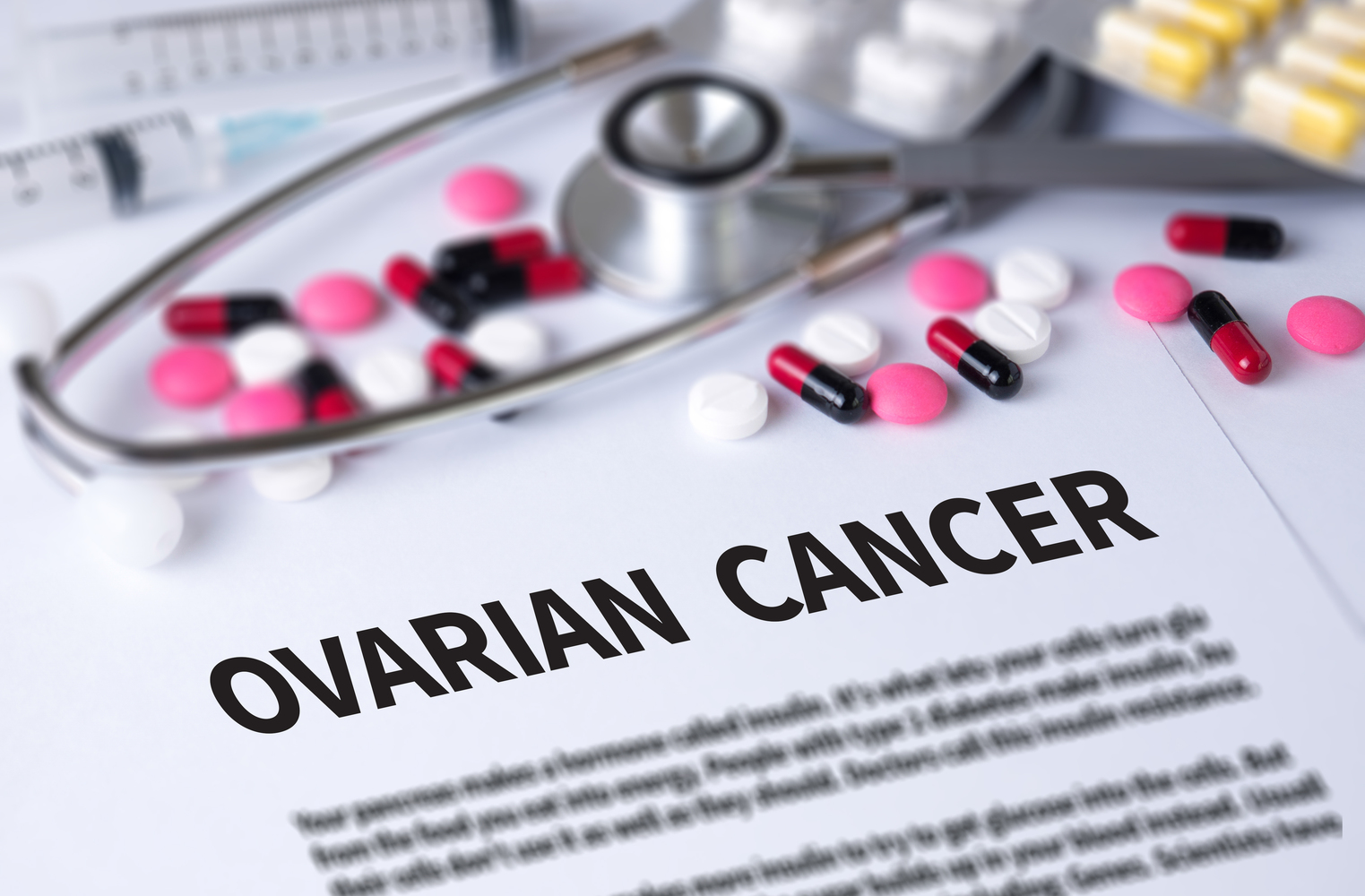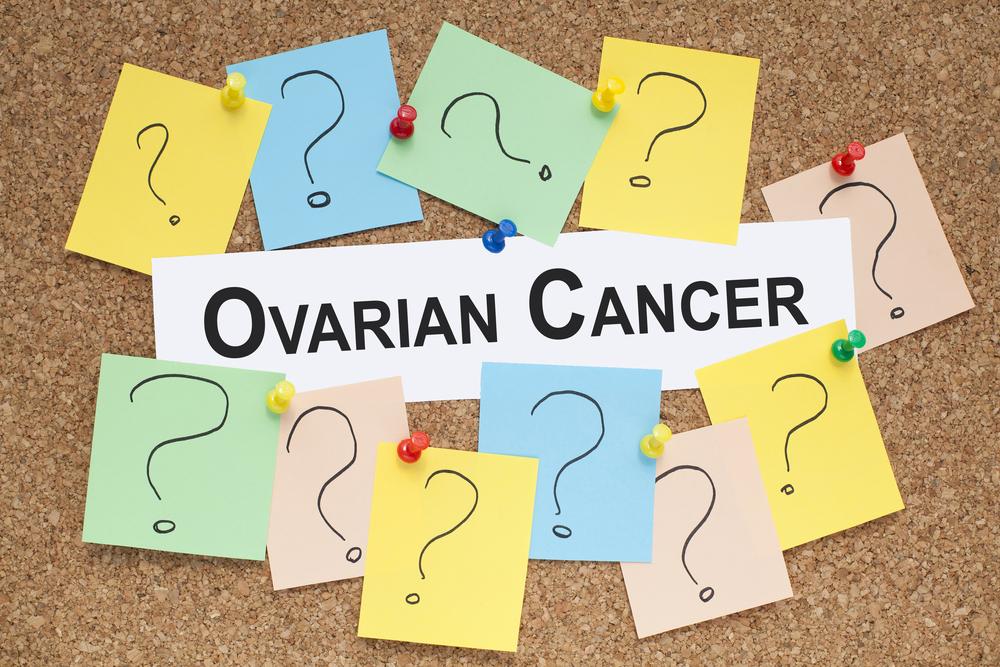Comprehensive Guide to Recognizing and Understanding Ovarian Cysts Symptoms
Ovarian cysts are fluid-filled sacs on the ovaries that can cause various symptoms like pelvic pain, bloating, and discomfort during sex. Most cysts are harmless, but larger or ruptured cysts require medical attention. Recognizing early signs such as abdominal swelling, pain, nausea, and abnormal bleeding is crucial for timely diagnosis and treatment. This comprehensive guide explores the symptoms and signs associated with ovarian cysts, helping women to understand when to seek medical help for better health outcomes.

Understanding the Signs and Symptoms of Ovarian Cysts
The ovaries are crucial components of the female reproductive system, situated on each side of the uterus beneath the abdominal cavity. They perform essential functions, including hormone production and egg release. Ovarian cysts are fluid-filled sacs that develop on or within the ovaries, and they are quite common among women of reproductive age. The majority of ovarian cysts are benign and often go unnoticed, but some can cause noticeable symptoms, especially when they increase in size or become inflamed.
While many women will develop ovarian cysts at some point, most cysts remain asymptomatic. However, if a cyst enlarges or ruptures, it can lead to discomfort or more severe health issues. Recognizing the signs early can facilitate timely medical intervention and management.
Common symptoms associated with ovarian cysts include:
Abdominal bloating and swelling: As cysts grow larger, they can cause noticeable swelling and a feeling of fullness in the abdomen. This sensation can resemble menstrual bloating but persists outside of your regular cycle. This discomfort is often mild but can become more pronounced with larger cysts.
Pain during bowel movements: Larger ovarian cysts may exert pressure on the intestines, resulting in discomfort or pain during defecation. This symptom can sometimes be mistaken for gastrointestinal issues, making accurate diagnosis essential.
Pelvic pain: One of the most common signs is pelvic discomfort, which typically presents as a dull ache or sharp pain around the lower abdomen. The pain might intensify before or during menstruation, or during physical activity. Some women describe it as a persistent, throbbing sensation in the pelvic area.
Pain during sexual activity: Engaging in intercourse might provoke pain around the ovaries, especially if cysts press against surrounding tissues or cause inflammation. This can lead to discomfort or tenderness during or after sex.
Lower back and thigh pain: Women experiencing ovarian cysts often report radiating pain to the lower back or thighs, which may mimic menstrual cramps but can persist longer or worsen over time.
Nausea and vomiting: Larger or ruptured cysts may interfere with digestion or cause systemic symptoms, including nausea and vomiting. These symptoms may require urgent medical attention if persistent or severe.
Fever: An ovarian cyst that becomes infected or ruptures can lead to fever, indicating an inflammatory response. Fever accompanied by severe abdominal pain should be treated as a medical emergency.
Breathing difficulties and dizziness: In rare cases, large cysts or associated complications can impact respiratory function, leading to rapid breathing, dizziness, or faintness. These symptoms necessitate immediate medical evaluation to prevent serious health consequences.
Understanding these signs can aid women in seeking medical care promptly, potentially preventing complications like cyst rupture, ovarian torsion, or infection. Diagnosing ovarian cysts typically involves pelvic examinations, ultrasound imaging, and sometimes blood tests to assess hormone levels and rule out other conditions.
In summary, while ovarian cysts are common and often harmless, recognizing their symptoms early can significantly improve outcomes. If you experience persistent pelvic pain, abnormal bleeding, or symptoms such as nausea, vomiting, or severe abdominal swelling, it is important to consult a healthcare provider for evaluation and appropriate treatment options.
Proper management depends on the cyst's size, type, and symptoms severity. Small, asymptomatic cysts often resolve spontaneously, while larger or symptomatic cysts may require medications or surgical intervention. Regular gynecological check-ups are vital for early detection and management of ovarian cysts.




